Grenadian Street Food Ingredients Demystified
11 min read Explore the essential ingredients behind Grenadian street food, revealing flavors and traditions that make these dishes unique and vibrant. June 25, 2025 15:05
Grenadian Street Food Ingredients Demystified
As the Caribbean sun dips below the lush horizon of Grenada, the air is thick with tantalizing aromas—spicy, smoky, sweet, and savory—that beckon locals and visitors alike to busy street corners and humble food stalls. Walking through Grenada’s vibrant streets is akin to entering a living cookbook, where each ingredient tells a story of history, culture, and resilience. For culinary enthusiasts eager to deepen their understanding of Grenadian cuisine, unraveling the ingredients behind these street foods is like peeling back a fragrant, flavor-packed onion—layer after vibrant layer.
Join me on a flavorful journey into the heart of Grenadian street food ingredients, exploring their origins, their sensory profiles, and how they come together to create the unforgettable culinary tapestry of this island paradise.
The Cornerstone: Essential Spices and Herbs
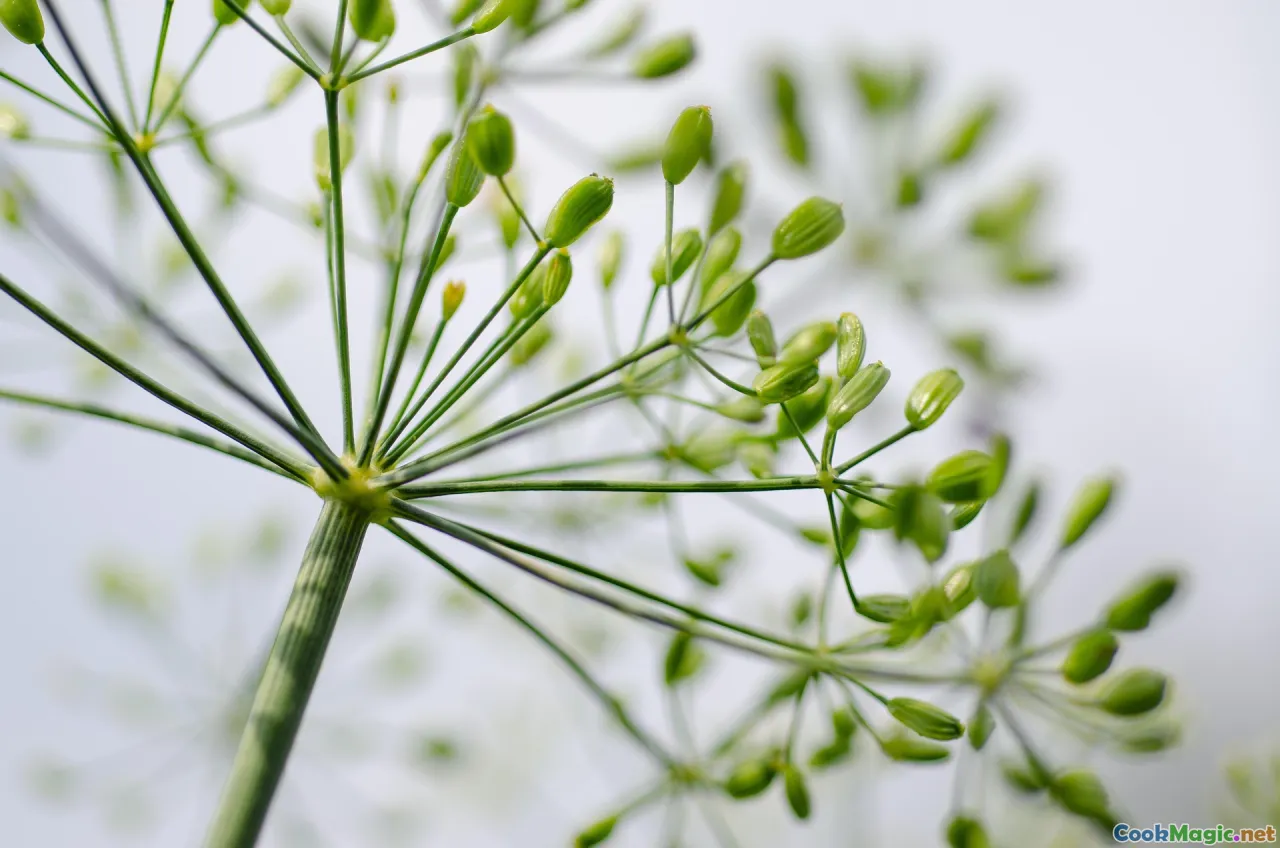
Grenadian street food’s distinctive taste profile hinges on an array of potent spices and fresh herbs. These small but mighty ingredients pack powerful flavor punches, elevating simple street fare into sensory marvels.
**Allspice (Pimento):**Often regarded as the cornerstone of Grenadian seasoning, allspice berries grow abundantly on the island. With a flavor profile reminiscent of cinnamon, cloves, and nutmeg, allspice lends warmth and depth to everything from jerk marinade to stews. The aroma is intoxicating—a sweet, peppery scent that conjures images of sun-dried berries crushed into powder or ground fresh.**Scotch Bonnet Peppers:**Iconic to Caribbean cuisine, Scotch bonnets bring fiery heat paired with fruity, sweet undertones. These peppers' orange-red hues and wrinkled skins are unmistakable. When chopped into street foods such as jerk chicken or pepper sauces, they deliver a slow-building heat that awakens the palate, complemented by their vibrant aroma.**Leafy Herbs—Pigeon Peas leaf, Thyme, Bay Leaves:**Fresh herbs can transform a basic dish into a fragrant masterpiece. Pigeon peas leaf, in particular, is integral to many Grenadian delicacies, imparting a grassy, slightly peppery aroma. Thyme, with its earthy, lemony notes, is often added to marinades and stews.Other notable herbs and spices: Cinnamon, nutmeg (which is abundant on Grenada’s nutmeg plantation), ginger, and garlic are fundamental for layering complex flavors.
Key Base Ingredients: The Foundation of Flavors
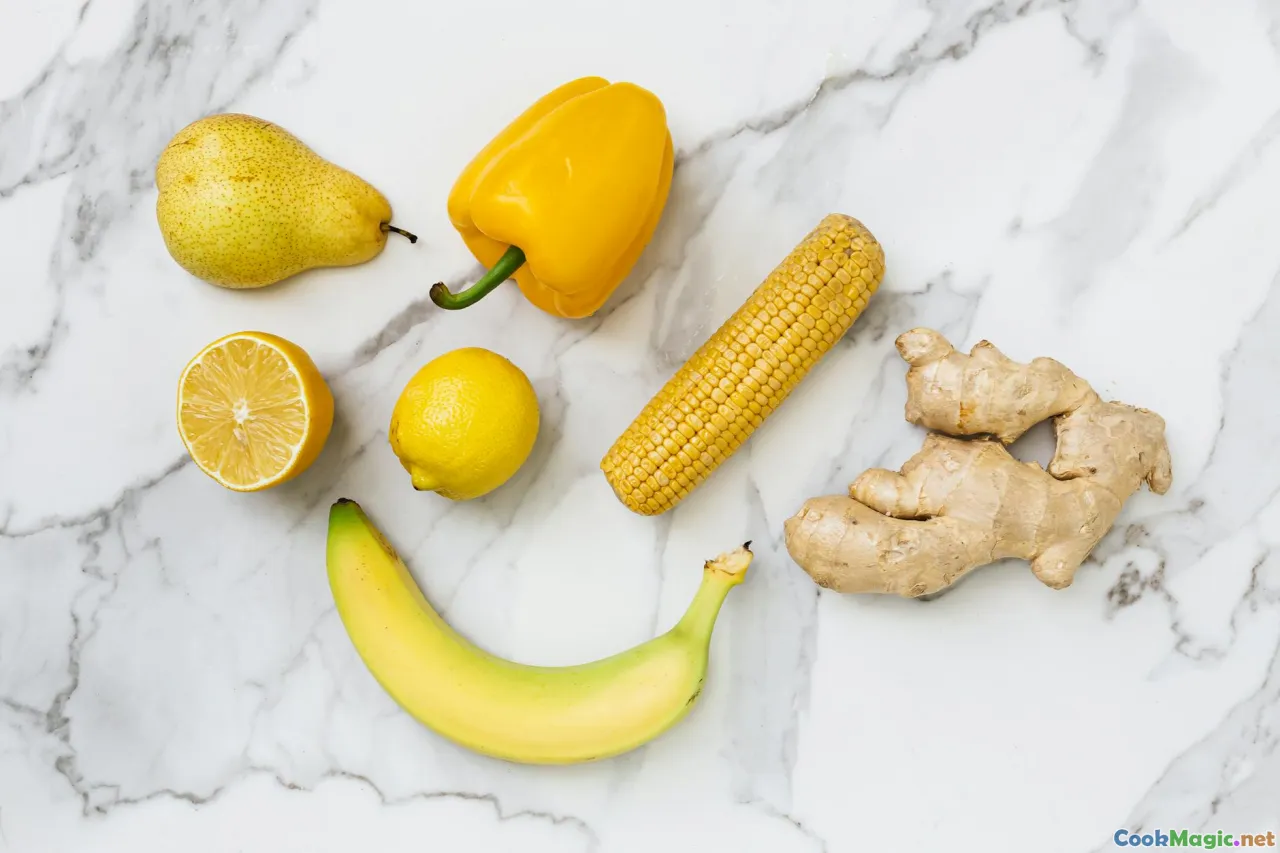
A good stew or fritter begins with fresh, quality ingredients. These base elements define the texture and flavor of street foods.
**Locally Grown Vegetables:**Sweet potatoes, breadfruit, yams, okra, and callaloo (a leafy green similar to spinach) are regional staples. Sweet potatoes, when roasted or fried, add a sweet, earthy flavor and velvety texture.**Legumes and Pulses:**Lentils, pigeon peas, and kidney beans are common in hearty street food dishes and give protein and creaminess.**Roots and Tubers:**Cassava and yams often turn up in soups or fried snacks, offering dense, starchy carves into the diet chow.Fruits: Mangoes, pineapples, and plantains are versatile ingredients—used in sweet snacks or as tender, caramelized accents.
The Star: Key Proteins and Meats

Grenadian street foods heavily feature fresh seafood and lively, aromatic meats.
**Fish:**Small pan-fried fish, ceviche-style preparations, or shredded saltfish form the core of many street snacks. The island's proximity to diverse waters ensures fresh mackerel, snapper, or flying fish are readily available.**Chicken & Pork:**Marinated in rich spice mixes—often with allspice, garlic, and peppers—then grilled, fried, or jerked to smoky perfection.**Seafood Shells & Crustaceans:**Crab, shrimp, and conch are used to craft dishes like seafood fritters or seasoned seafood salads.Why Local Meats Matter: They reflect a history of plantation labor, African culinary influences, and resourcefulness, adding depth and hearty satisfactions.
Liquid Gold and Pungent Condiments
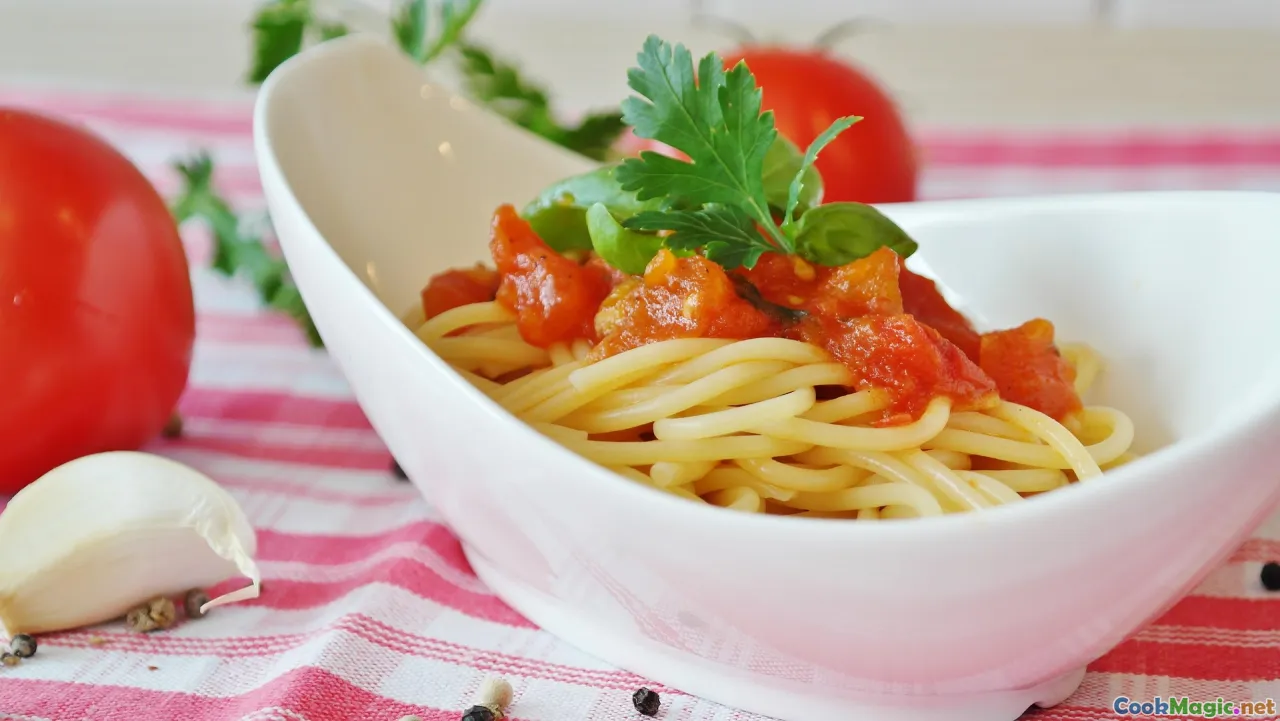
Nothing defines Grenadian street food quite like their bold sauces.
**Pepper Sauces:**Often homemade, these condiments are rich in Scotch bonnet peppers, garlic, lime juice, and vinegar. They range from fiery to intensely spicy—designed to kick up any dish.**Coconut Milk:**Creamy, sweet, and rich, coconut milk is used to cook vegetables, rice, and even as a base for hearty stews, imparting a luscious mouthfeel.Herb-infused Oils: Garlic or ginger-infused oils serve as flavor base for many fried snacks and marinade applications.
Grain and Starch Accents
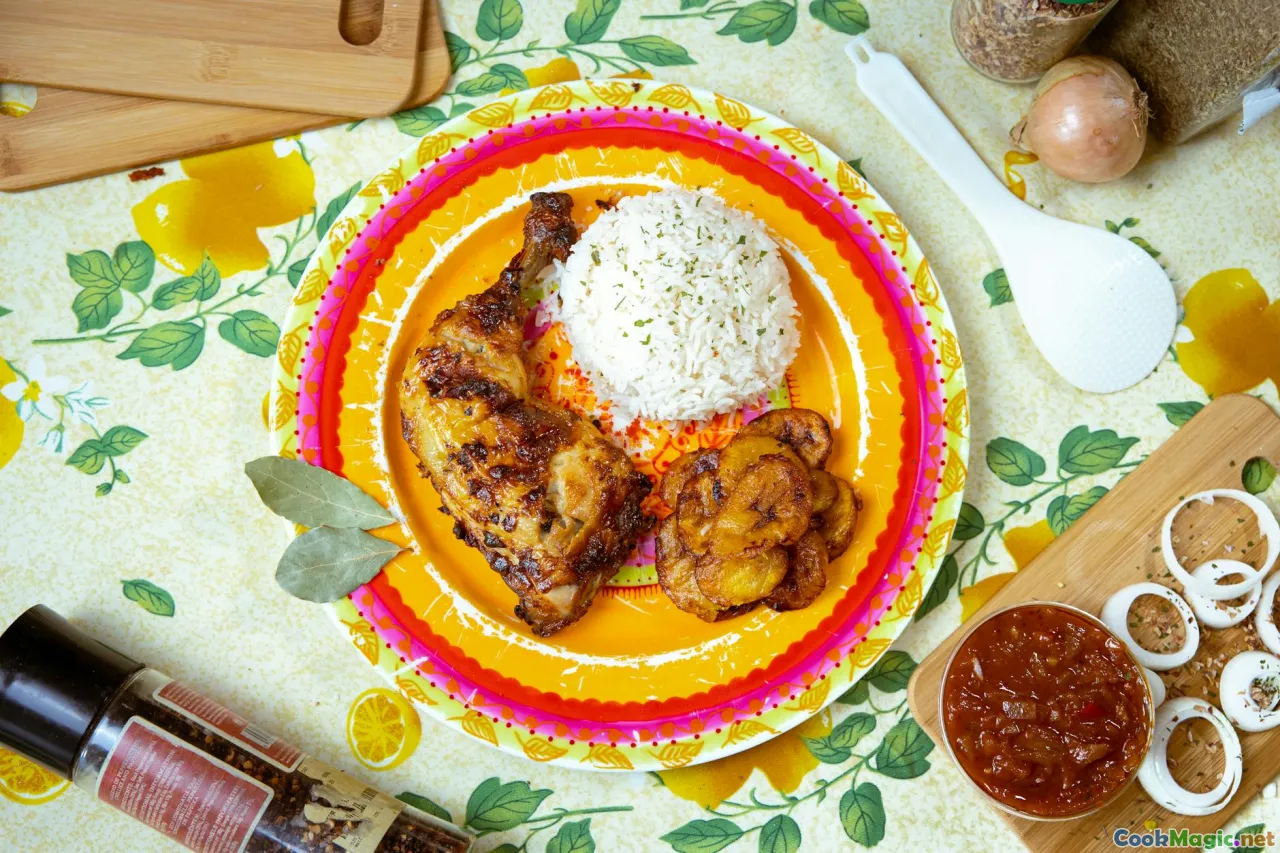
Grains and starches act as the canvas—the vehicle for the vibrant flavors.
**Rice:**For dishes like pelau—a one-pot rice and pigeon peas mix with meat and vegetables—parboiled rice takes center stage. The rice is often infused with coconut milk and seasoned with herbs.**Plantains:**Ripe or green, fried or baked, plantains are a must-have snack or side.Cassava & Bread: Used in alternative forms such as cassava cakes or in soups, these create a hearty, textural contrast.
Specialty Spice Blends and Marinades

The magic often lies in the marinade—where meat, seafood, or vegetables soak up layers of flavor.
**Jerk Marinade:**A signature blend of allspice, Scotch bonnet, thyme, garlic, ginger, and cinnamon, this mixture is rubbed into meats before grilling.**Pepper Sauces & Marinades:**Combining intense peppers with lime juice, vinegar, garlic, and thyme creates complex, versatile marinating bases.Historical Footnote: Many of these spice blends originate from African, Asian, and Indigenous Caribbean influences, transforming over centuries into uniquely Grenadian concoctions.
From Ingredient to Iconic Dish: The Journey
Understanding ingredients also means appreciating their journey from raw, humble components to iconic street dishes.
For example, the Grenadian Minis—succulent little patties filled with spiced fish or meat—begin with freshly made dough, seasoned fillings imbued with bright herbs and fiery peppers, and fried to golden perfection. The aroma of sizzling spices and frying oil alone can evoke emotions of community, celebration, and homespun comfort.
Or consider the Fried Plantains—sliced ripe plantains soaked in coconut milk, lightly seasoned, then fried until caramelized—an earthy, sweet counterpoint to the heat and spice.
Tips for Recreating Grenadian Flavors at Home
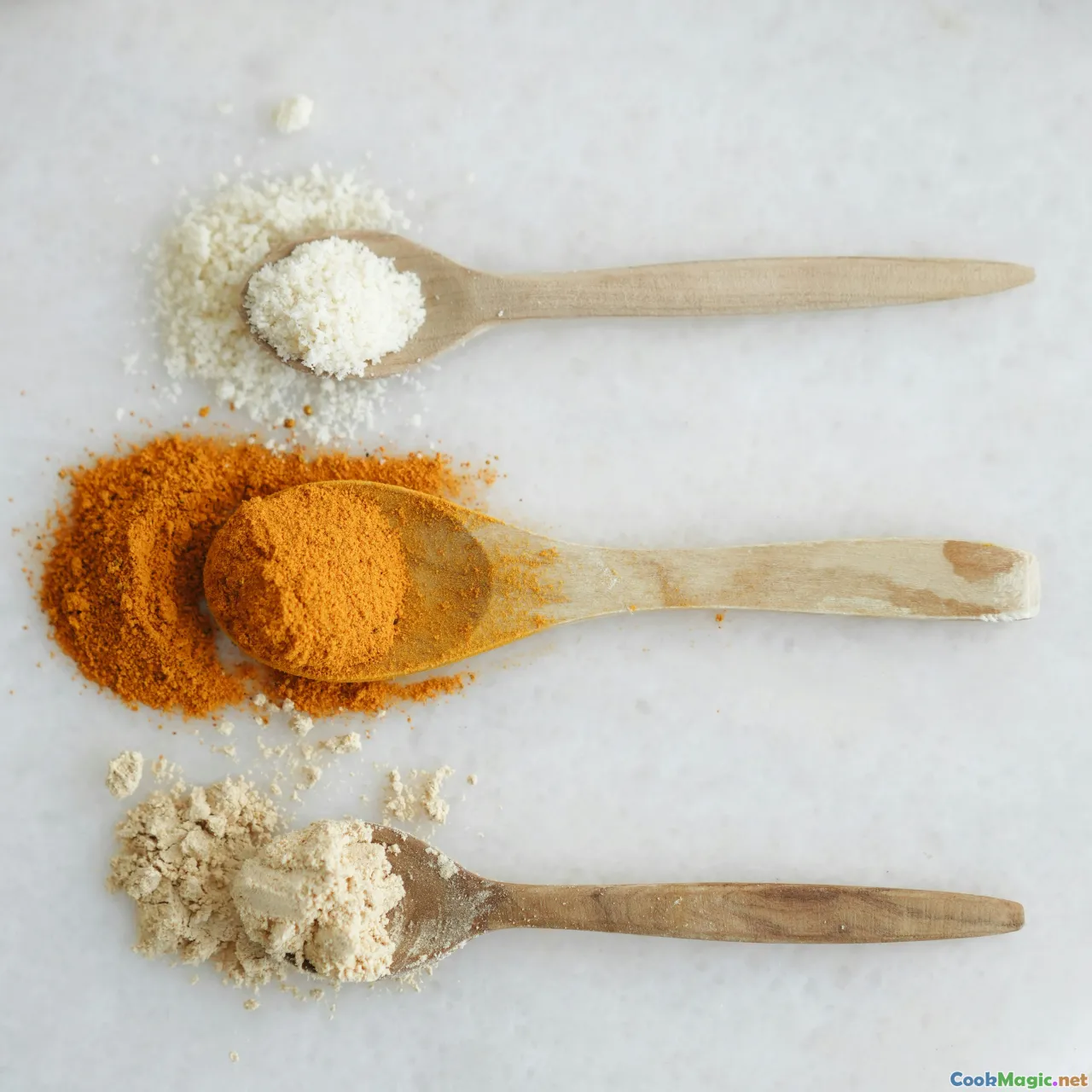
While Grenadian street food culture is rooted in the island's warmth, tradition, and fresh ingredients, you can bring a taste of Grenada home with a few key insights:
- Source Authentic Spices: Seek out allspice berries and Scotch bonnet peppers—don't shy away from the fiery heat; it’s essential!
- Use Fresh Herbs: Thyme and fresh greens like callaloo elevate any dish.
- Embrace Coconut: Coconut milk and grated coconut are vital in achieving authentic flavors.
- Practice Flexibility: Many street recipes have local variations—experiment and personalize.
- Respect the Heat: Balance fiery peppers with sweet fruits like mango or pineapple.
The Heartbeat of Grenadian Cuisine
Every ingredient in Grenadian street food is more than just a flavor note; it’s a testament to resilience, adaptation, and creativity—woven into the very fabric of the island’s history. From the aromatic allspice that traveled across continents, to the fiery Scotch bonnet peppers nurtured in local gardens, each component tells a story.
Walking these streets, tasting these dishes, one awakens to the vibrancy of Grenadian culture—a seamless blend of its African roots, Caribbean soul, and colonial history—all expressed through the humble yet profound ingredients on their street food carts.
Through understanding these building blocks, culinary explorers can truly appreciate the depth and vibrancy of Grenadian cuisine—an edible mosaic capturing the spirit of the island itself, one flavorful bite at a time.









